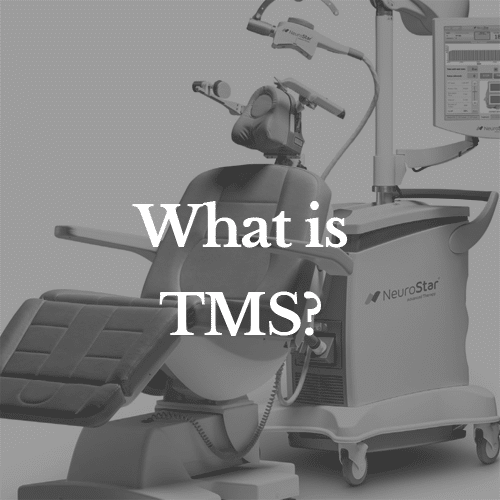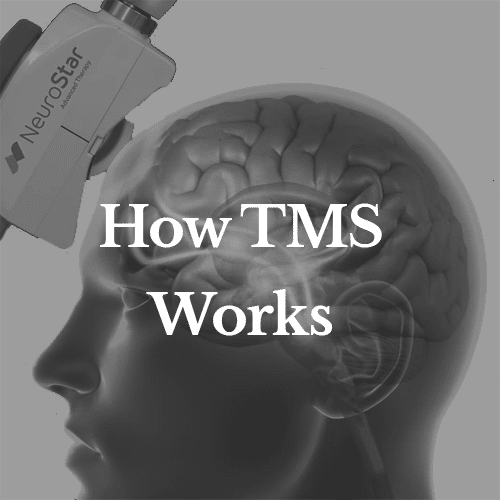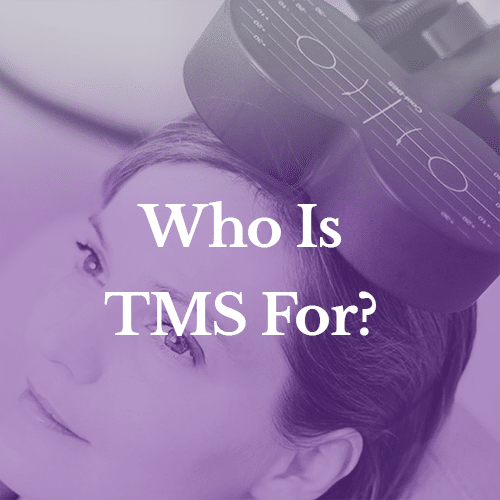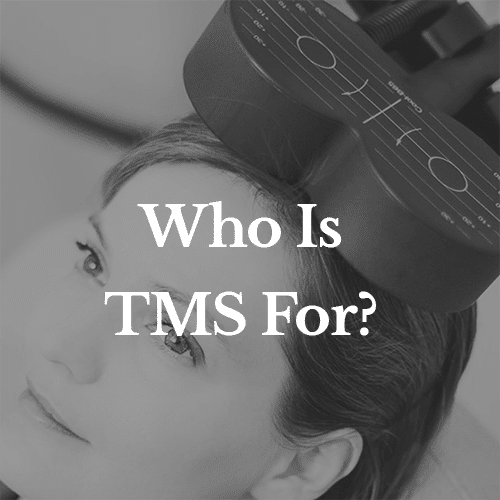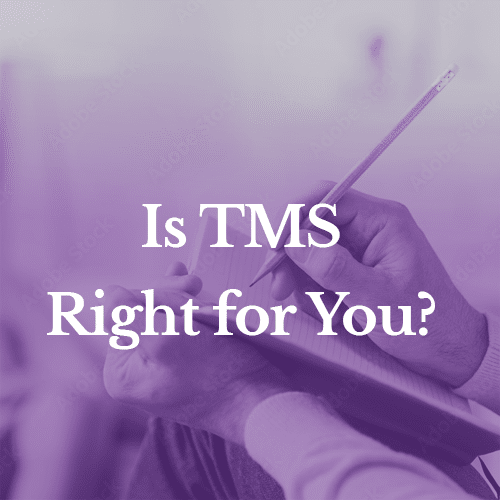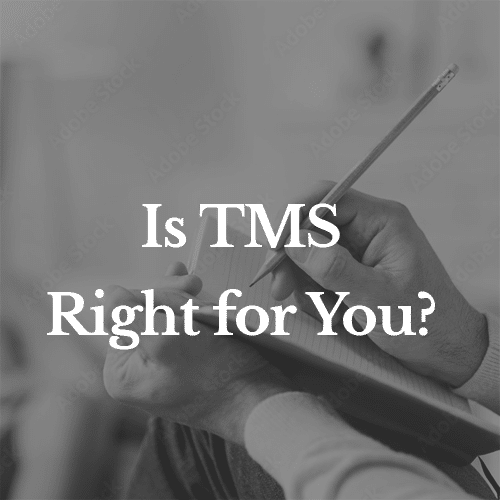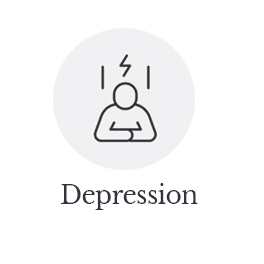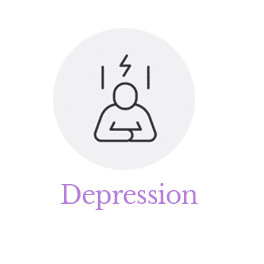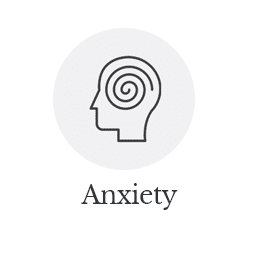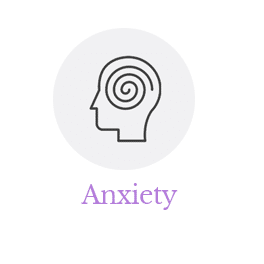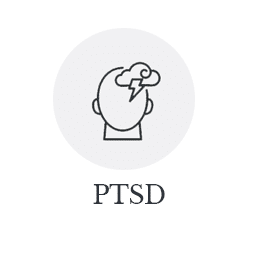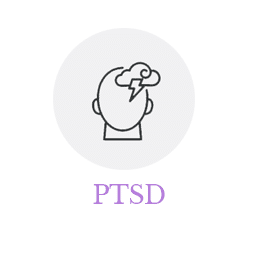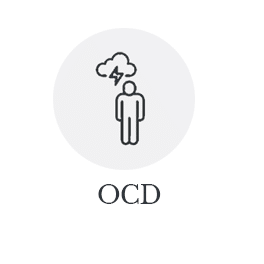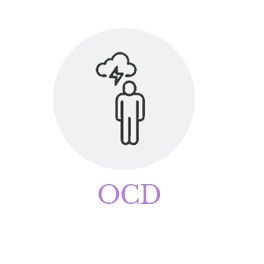Alzheimer’s disease is a tough one. It messes with memory and thinking, making life hard for those affected and their families. While a cure is still out of reach, there’s hope with Transcranial Magnetic Stimulation (TMS). It’s a new way to tackle the symptoms and might help slow things down. Let’s dive into how TMS is making waves in Alzheimer’s treatment.
What is TMS Therapy?
Transcranial Magnetic Stimulation, or TMS, is a non-invasive treatment method that uses magnetic fields to stimulate nerve cells in the brain. This technique is primarily used to address symptoms of neurological and mental health disorders. In the context of Alzheimer’s disease, TMS aims to target specific brain areas involved in memory and cognitive functions. By doing so, it may help in slowing down the progression of memory loss and cognitive decline, offering a glimmer of hope for patients and their families.
How TMS Targets Alzheimer’s Symptoms
TMS therapy focuses on stimulating regions of the brain that are crucial for cognitive functions, particularly those impacted by Alzheimer’s. Researchers have discovered that targeting the dorsolateral prefrontal cortex with TMS can help in slowing down memory loss. This area of the brain is associated with executive functions such as planning, decision-making, and social behavior, which are often impaired in Alzheimer’s patients. By enhancing neural activity in these regions, TMS can potentially improve cognitive performance and quality of life.
The Science Behind TMS and Cognitive Function
The science of TMS involves the use of electromagnetic pulses that penetrate the scalp and skull to activate neurons. This activation can lead to increased brain plasticity, meaning the brain’s ability to adapt and reorganize itself by forming new neural connections. This is particularly important in Alzheimer’s disease, where neural pathways are disrupted. TMS may help in reinforcing these pathways, thereby supporting cognitive functions. Ongoing studies continue to explore the full potential of TMS in enhancing cognitive abilities and slowing the deterioration associated with Alzheimer’s.
Benefits of TMS for Alzheimer’s Patients
Non-Invasive Treatment Advantages
Transcranial Magnetic Stimulation (TMS) is a non-invasive procedure, which means it doesn’t require any surgical intervention. This makes it a preferable option for many patients who are wary of more invasive treatments. With TMS, the brain is stimulated through magnetic pulses, and this approach is generally well-tolerated by most individuals. Patients often find comfort in knowing that TMS involves minimal physical discomfort and no recovery time, allowing them to continue their daily activities without interruption.
Potential to Slow Cognitive Decline
For those grappling with Alzheimer’s, the potential to slow down cognitive decline is a significant benefit. TMS therapy works by stimulating neural activity in the brain, which might help in maintaining cognitive functions for a longer period. Some studies suggest that TMS can aid in memory retention and improve attention spans, giving patients a better quality of life. This approach offers hope for those looking to manage the progression of Alzheimer’s symptoms effectively.
Real-Life Success Stories
There are numerous accounts of individuals experiencing positive outcomes with TMS therapy. For instance, one patient at a neurology clinic reported noticeable improvements in memory and mental clarity after undergoing TMS sessions. These changes enabled them to stay more involved in everyday tasks and maintain a level of independence that was previously slipping away. Such stories highlight the potential of TMS therapy to make a meaningful difference in the lives of Alzheimer’s patients.
Clinical Trials and Research on TMS for Alzheimer’s
Overview of Recent Studies
Transcranial Magnetic Stimulation (TMS) is being extensively researched as a treatment for Alzheimer’s disease. In recent years, numerous studies have focused on understanding how TMS can be integrated into Alzheimer’s care. A notable study involved a mid-stage trial where targeted magnetic pulses were shown to potentially slow the disease’s progression. This trial highlighted the promise of TMS in altering the course of Alzheimer’s, offering a glimpse of hope for patients and families alike.
Efficacy of TMS in Clinical Trials
Clinical trials have been pivotal in assessing the effectiveness of TMS for Alzheimer’s. A large, multisite, double-blind randomized trial investigated the short and long-term efficacy of repetitive TMS (rTMS). Patients received either active or sham treatments over two to four weeks, with follow-ups extending to six months. The results indicated significant cognitive improvements post-treatment, although similar benefits were noted in the sham group, suggesting a complex interaction between treatment and placebo effects.
Comparing TMS with Traditional Treatments
When compared to traditional Alzheimer’s treatments, TMS stands out for its non-invasive nature and minimal side effects. Traditional therapies often involve medications that can have significant side effects, whereas TMS offers a safer alternative. However, it’s important to note that TMS is not a standalone solution but rather a complementary approach. Future research will continue to refine its role alongside existing therapies, aiming to enhance overall patient outcomes.
As research progresses, the potential for TMS to become a staple in Alzheimer’s treatment grows, promising new avenues for managing this challenging disease.
Key Takeaways
- TMS is a non-invasive treatment using magnetic pulses to stimulate brain areas related to memory.
- It might help slow down cognitive decline in Alzheimer’s patients.
- TMS has shown promise in clinical trials, but more research is needed.
- The therapy is generally well-tolerated with few side effects.
- TMS could be part of a broader care plan for managing Alzheimer’s.


